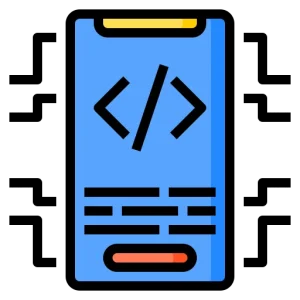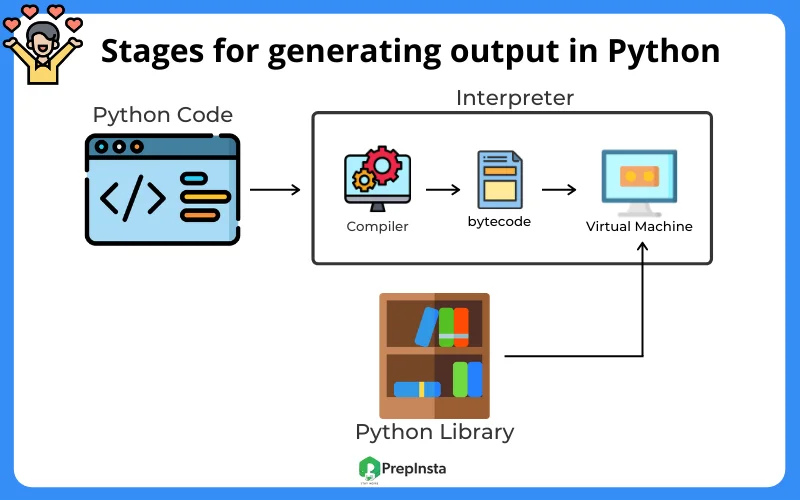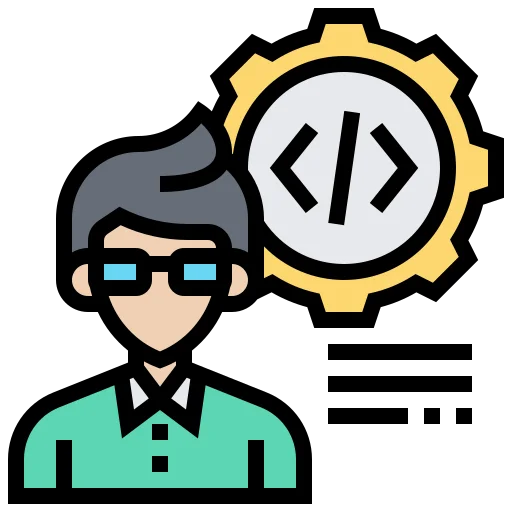What is bytecode in Python

ByteCode
Machines are not able to understand the human language or high-level languages thus whenever we write code in any programing language, machine used a compiler or an interpreter to convert the human-readable code to machine code. When the code is converted to machine code a new file is created which is easier for a machine to understand and execute. Such files contain code in bytes which is the machine-readable format. So let’s discuss on the question more, What is bytecode in Python.

Byte codes are referred to as the portable codes or p-codes. When a python code is interpreted into the machine language then the python code gets converted into bytes. These bytecodes are also called as the set of instructions for the virtual machine and the python interpreter is the implementation of the virtual machine. The set The intermediate format is called the bytecode. Bytecodes are :
- Lower-level
- Platform Independent
- Efficient
- Intermediate
- Representation of source code
Bytecode is the low-level representation of the python code which is the platform-independent, but the code is not the binary code and so it cannot run directly on the targeted machine. It is a set of instructions for the virtual machine which is also called as the Python Virtual Machine[PVM]. When the Python code is interpreted it is converted to the compiled bytecode file referred to as the PYC file. Pyc files have the set of instructions to follow in sequence to generate the output. These pyc files are faster than the normal python code files

Bytecodes in pyc files
Python programing language is an interpreter language which converts the python code to the bytecode. These bytecodes are created by a compiler present inside the interpreter. Interpreter first compiles the python code t0 the byte code which is also called as the intermediate code, then the code is used to run on the virtual machine. In the virtual machine, the library modules of the python get added and then the code is ready to run on a machine. Steps for interpretation of python source code:
- Source code: Python Code
- Compiler: Enters inside the compiler to generate the bytecode
- Bytecode: Intermediate code or low-level code
- Virtual Machine: Here the code gets the support from the library modules.
Python is slower as compared to another programing language, but the process of converting the python code to the bytecode makes it faster to access each time after the code is interpreted once. This bytecode is saved in the file named same as the source file but with a different extension named as “pyc”.

Fun Fact

This pyc files contain compiled version of the source code which makes the code more efficient to run on the virtual machine






Login/Signup to comment